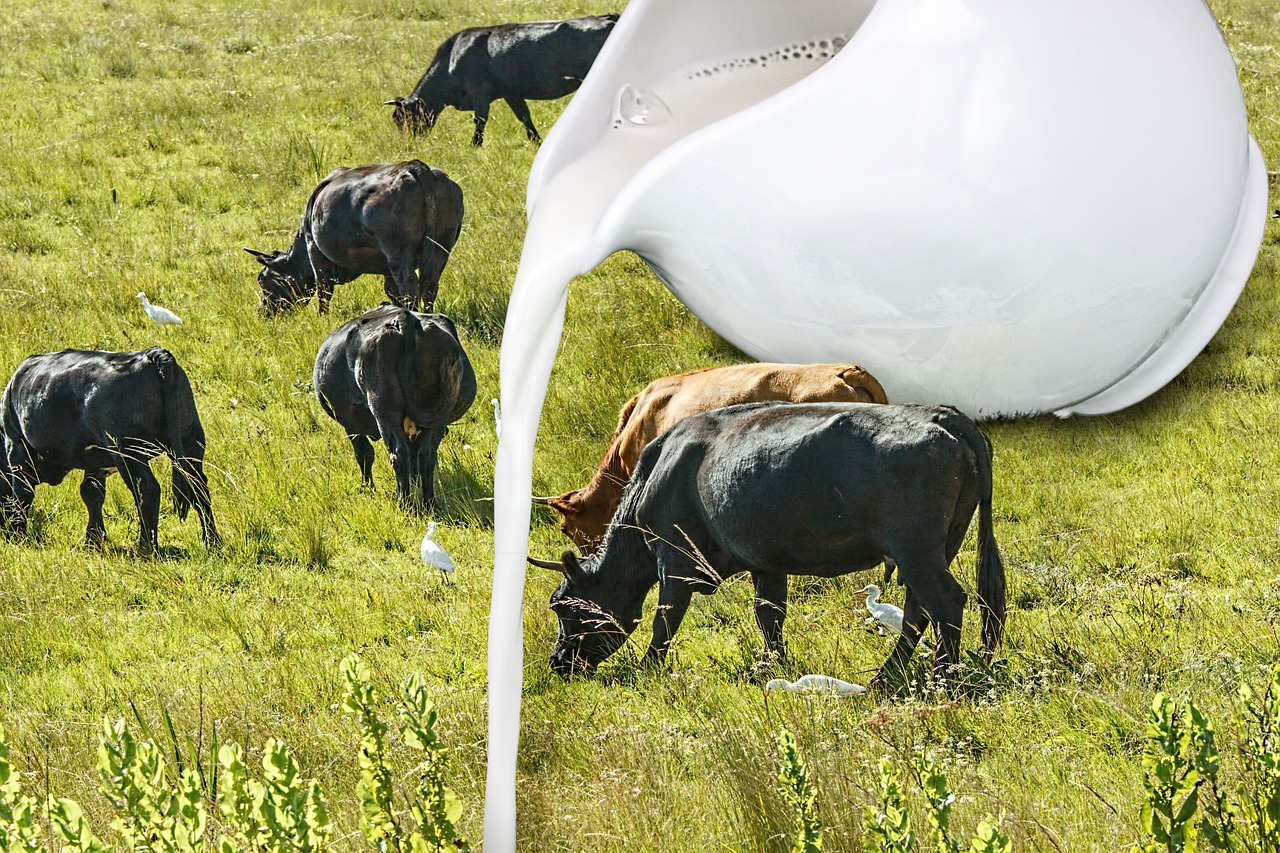The Himalayas, the planet’s highest mountain range, conceal enigmas within their depths. Researchers have uncovered seismic data, suggesting a split in the Indian tectonic plate beneath the Tibetan plateau. This revelation was shared at the American Geophysical Union conference in San Francisco, offering a new perspective on the formation of the colossal Himalayan Mountain range.
This discovery has the potential to reshape our comprehension of the region’s geological dynamics and could have implications for earthquake prediction. For millions of years, the Indian and Eurasian plates have been colliding and pushing against each other, forming the Himalayas and the Tibetan Plateau. Scientists used to think the Indian plate went under the Eurasian plate.
Delamination: Peeling Away Like a Layer of Onion:
However, recent research suggests a more complicated process. The latest analysis, using seismic waves as well as helium isotopes, indicates that the top layer of the Indian plate is not just going under. Instead, it’s peeling away like layers of an onion from the denser lower part. This peeled-off layer then moves horizontally beneath Tibet, possibly causing the region to rise and crack. Scientists didn’t expect continents to behave this way, marking a new discovery.
Scientists have gathered several pieces of evidence to support this theory:
- Scientists found seismic evidence of two distinct “blobs” beneath Tibet, indicating delaminated and intact parts of the Indian plate.
- Helium isotope variations in Tibetan hot springs suggest a barrier, potentially the delaminated plate, dividing northern and southern regions.
- Seismic data also reveals widespread fractures within the Indian plate, possibly foreshadowing future earthquakes.
This could lead to increased earthquakes and changes in the Himalayas and Tibet’s landscape. However, further research is needed to understand the full impact of this discovery on the region’s geological processes. The potential consequences include heightened earthquake activity, alterations in river flow, and ongoing uplift of the Tibetan Plateau, emphasizing the importance of understanding these complex geological changes for the safety of the people living in the area.







